Struggling With Hair Fall? You’re Not Alone
Have you noticed more strands on your pillow, in the shower drain, or stuck in your brush lately? You’re not imagining it — hair fall is one of the most common concerns affecting both men and women across all ages. Whether it’s a receding hairline, thinning at the crown, or excessive shedding, hair loss can deeply impact self-confidence and emotional well-being.
Hair fall can be caused by several underlying issues — stress, hormonal imbalances, poor diet, scalp conditions, or even over-styling. But the good news? Most types of hair loss are treatable, especially when addressed early.
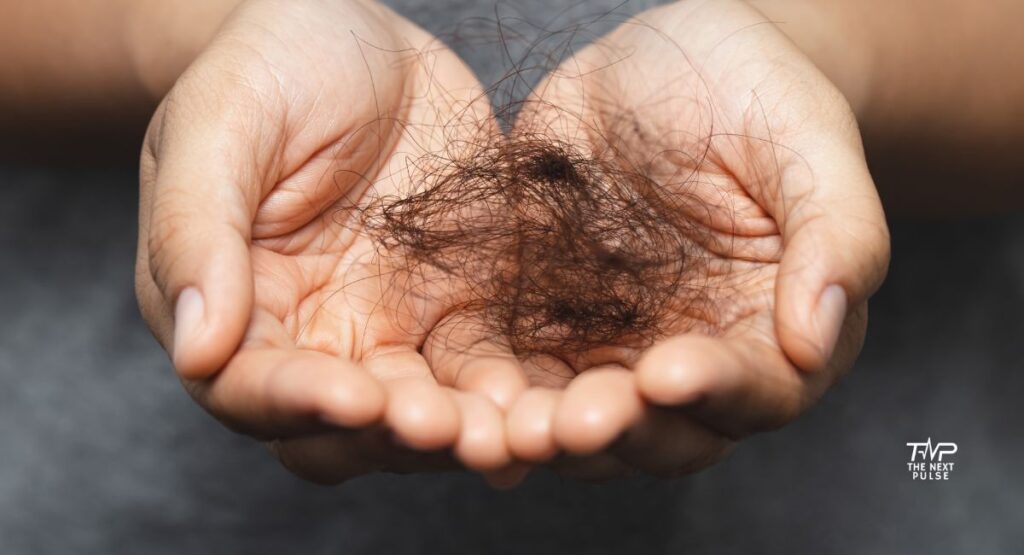
Why You’ll Love This Guide:
- Dermatologist-recommended and science-backed solutions
- Natural home remedies that actually work
- Prevention tips to maintain strong, healthy hair
- Answers to your most pressing hair loss questions
Let’s dive deep into what’s causing your hair to fall out — and how you can take back control, naturally and effectively.
What Is Hair Fall? Understanding the Problem
Hair fall (or alopecia) refers to the excessive shedding or thinning of hair from the scalp or other parts of the body. While it’s normal to lose 50–100 hairs per day, anything beyond that may signal an underlying problem.
How It Looks:
- Thinner ponytails
- Visible scalp in parts
- Excessive shedding on pillows, brushes, and bathroom floors
- Bald patches (in severe cases)
Common Types of Hair Loss:
- Telogen Effluvium: Temporary shedding due to stress, illness, or hormonal changes.
- Androgenetic Alopecia: Hereditary hair thinning (male/female pattern baldness).
- Alopecia Areata: Autoimmune disorder causing patchy baldness.
- Traction Alopecia: Caused by tight hairstyles.
- Scarring Alopecia: Permanent damage due to scalp conditions or injury.
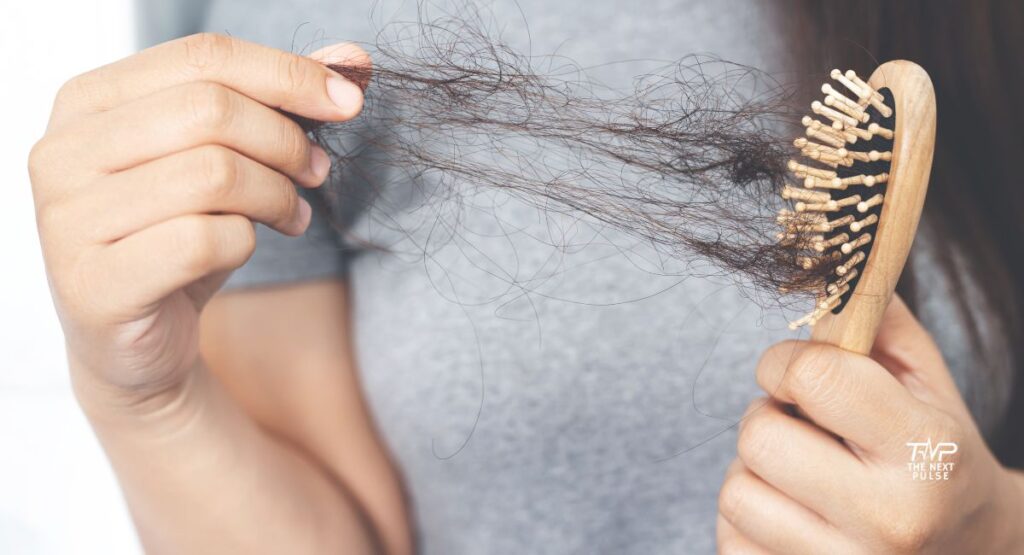
What Causes Hair Fall?
Understanding the root cause is key to selecting the right treatment.
Internal Factors:
- Hormonal Changes: Pregnancy, menopause, thyroid dysfunction.
- Genetics: Family history of hair thinning or baldness.
- Medical Conditions: PCOS, anemia, autoimmune disorders.
- Nutritional Deficiencies: Iron, zinc, protein, vitamin D, and B12.
- Stress: Emotional or physical stress can push hair into the shedding phase.
External Factors:
- Hairstyling Damage: Heat tools, dyes, bleaching, and tight braids.
- Scalp Health: Dandruff, infections, or clogged follicles.
- Medications: Chemotherapy, antidepressants, beta-blockers.
Medical Treatments for Hair Fall (Dermatologist-Approved)
Here are clinically validated solutions you can discuss with your dermatologist:
1. Topical Minoxidil (Rogaine)
- FDA-approved for both men and women.
- Promotes blood flow and extends hair growth phase.
- Visible results in 3–6 months.
Precautions: May cause irritation or initial shedding.
2. Oral Finasteride (Propecia)
- Common for male pattern baldness.
- Blocks DHT (a hormone that causes follicle shrinkage).
- Prescription-only.
Note: Not suitable for women of reproductive age.
3. Platelet-Rich Plasma (PRP) Therapy
- Involves injecting your own platelets into the scalp.
- Stimulates follicle regeneration.
- 3–6 sessions recommended for best results.
4. Low-Level Laser Therapy (LLLT)
- Boosts blood circulation and cell metabolism.
- Painless, non-invasive treatment done at clinics or with home devices.
5. Corticosteroid Injections
- For autoimmune-related hair loss (like alopecia areata).
- Reduces inflammation and promotes regrowth.
Natural & Home Remedies That Actually Work
Looking for a gentle, chemical-free solution? These DIY treatments are backed by science and tradition.
1. Aloe Vera Gel
- Soothes scalp inflammation and unclogs follicles.
- Antifungal and antibacterial properties.
How to Use: Apply fresh gel to the scalp. Leave for 30 minutes. Rinse.
Frequency: 2–3 times a week.
2. Onion Juice
- Rich in sulfur which boosts collagen and keratin production.
How to Use: Extract juice, apply to scalp for 15–30 minutes, wash with mild shampoo.
Recovery Time: Visible results in 6–8 weeks.
3. Coconut Oil Massage
- Deeply nourishing and antimicrobial.
- Reduces protein loss and strengthens roots.
How to Use: Warm oil slightly and massage gently into scalp. Leave overnight.
Pro Tip: Add a few drops of rosemary oil for enhanced regrowth.
4. Fenugreek (Methi) Seed Paste
- Contains protein and nicotinic acid to rebuild hair shafts.
How to Use: Soak overnight, grind into paste, apply on scalp. Leave 30 minutes.
Frequency: Weekly.
5. Green Tea Rinse
- Loaded with antioxidants like EGCG that encourage follicle growth.
How to Use: Brew strong green tea, let it cool, and rinse after shampooing.
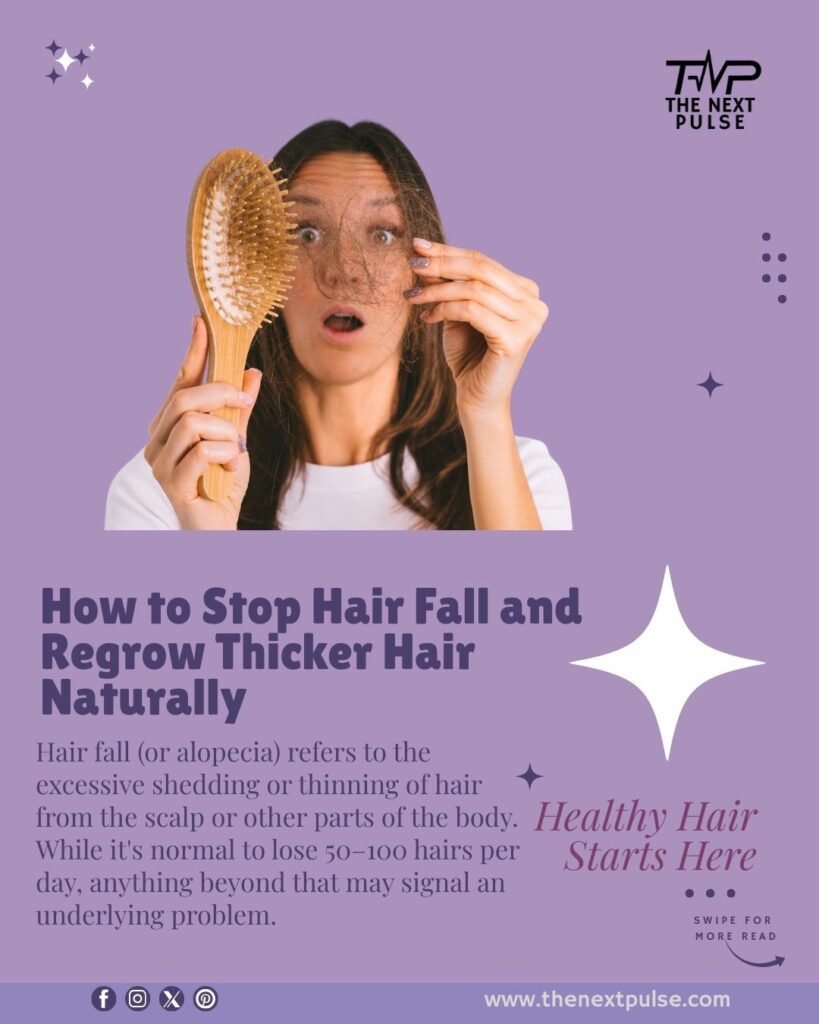
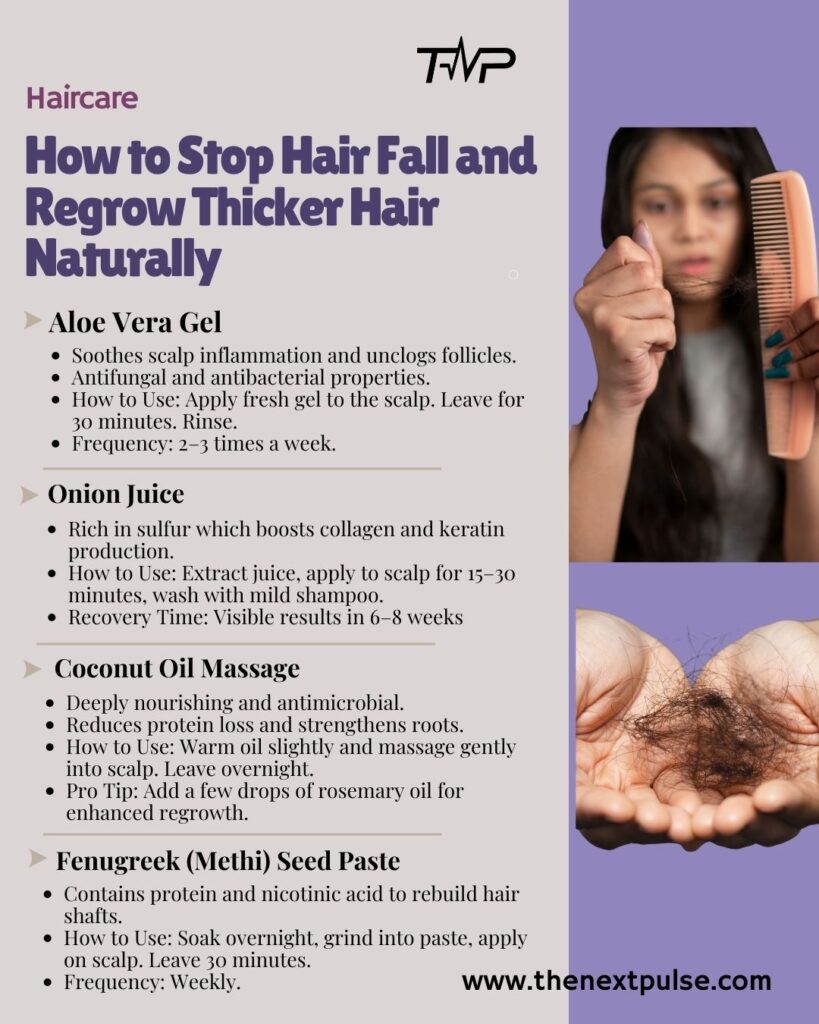
Additional Prevention & Hair Care Tips
Daily Hair Habits:
- Avoid tight hairstyles like ponytails or braids.
- Use silk pillowcases to reduce friction.
- Detangle gently — especially when wet.
Scalp Care:
- Exfoliate your scalp once a week.
- Use sulfate-free, pH-balanced shampoos.
Diet & Lifestyle:
- Eat a balanced diet rich in protein (eggs, nuts), omega-3s (flaxseed, fish), and vitamins.
- Manage stress with yoga, meditation, or journaling.
Pro Tip 🧠:
Biotin supplements can be helpful but only if you’re deficient. Always consult a doctor before adding any supplement to your routine.
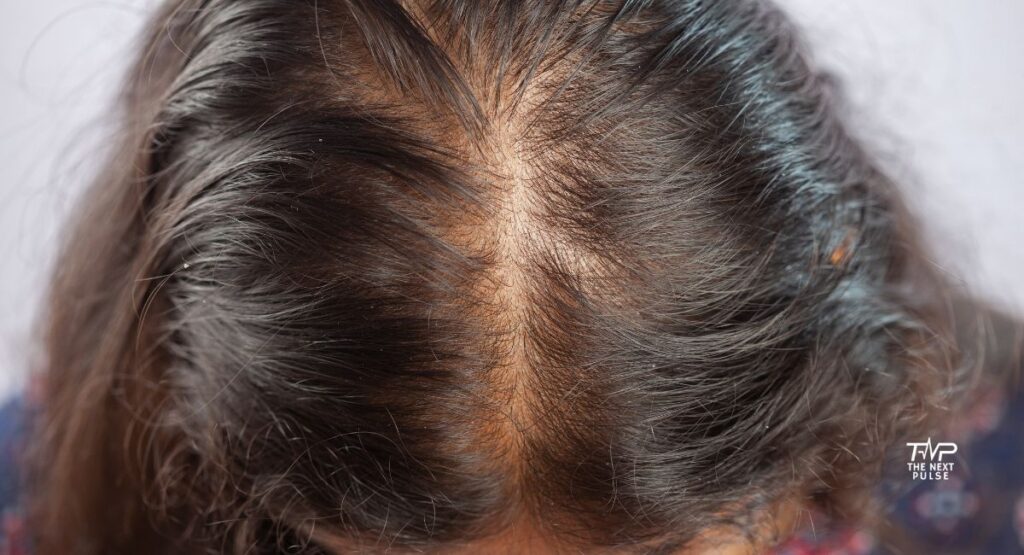
FAQ
1. Can stress really cause hair fall?
Yes, both emotional and physical stress can trigger telogen effluvium, leading to temporary shedding.
2. Is daily hair loss normal?
Losing 50–100 hairs per day is considered normal. More than that could indicate an issue.
3. How long does it take to see regrowth?
It depends on the cause and treatment, but most people see visible results in 3–6 months with consistent care.
4. Can hair fall be reversed?
Yes — especially if caught early. Treatment success depends on the cause and response to therapies.
5. Does shaving the head help reduce hair fall?
No. Hair fall is related to the follicle health beneath the skin — shaving won’t impact the root cause.
Final Thoughts: Don’t Let Hair Fall Take Over Your Confidence
Hair fall can feel overwhelming, but it’s manageable with the right diagnosis, timely treatment, and a consistent care routine. Whether you’re turning to medical treatments or gentle home remedies, addressing the issue holistically — from your diet to your scalp hygiene — offers the best results.
If your hair fall is severe, persistent, or accompanied by other symptoms, consult a board-certified dermatologist for a tailored solution.
You deserve healthy, thick, and vibrant hair — and with this guide, you’re already one step closer.
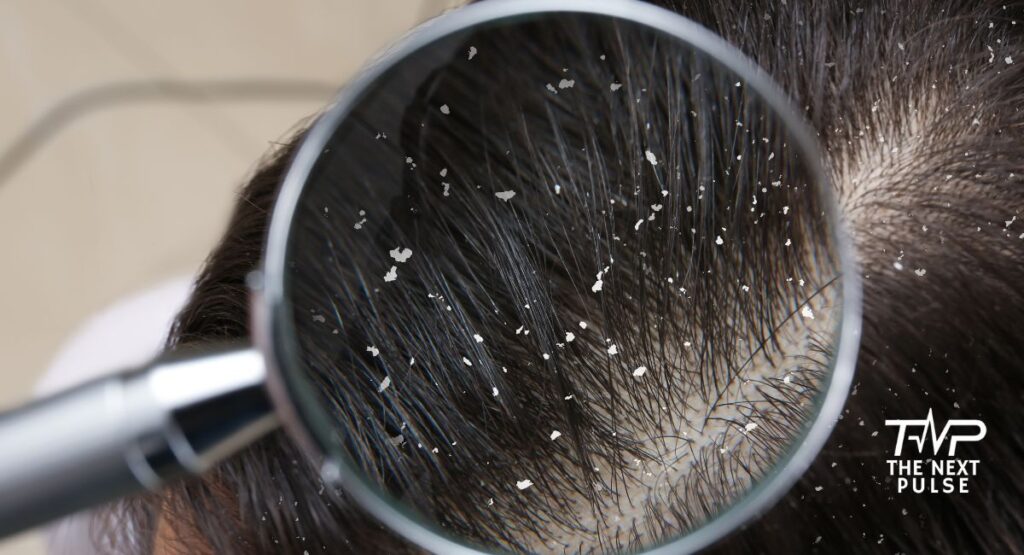
Say Goodbye to Dandruff
Nothing ruins your confidence faster than spotting white flakes on your shoulders during a meeting, a date, or even in the mirror before heading out. Dandruff isn’t just about looks—it’s itchy, uncomfortable, and frustrating. But here’s the good news—dandruff is treatable. With the right mix of dermatologist-approved treatments, natural remedies, and lifestyle changes, you can finally say goodbye to flakes and get your scalp back in balance.
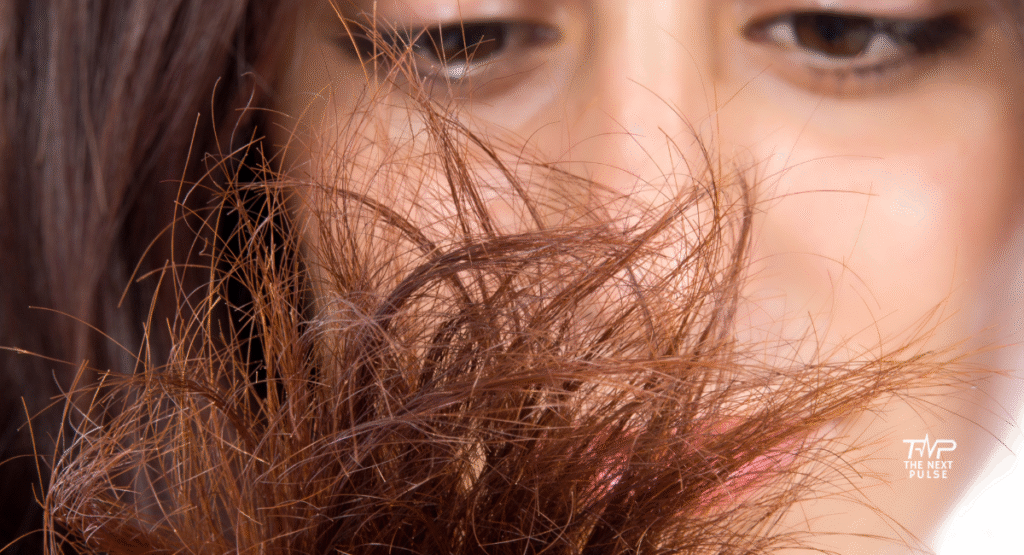
Get Rid of Split Ends
Split ends (or trichoptilosis) may seem like a minor cosmetic issue, but if left untreated, they can sabotage your entire hair care routine. They lead to hair breakage, dullness, and a rough texture that no styling product can fully mask.
